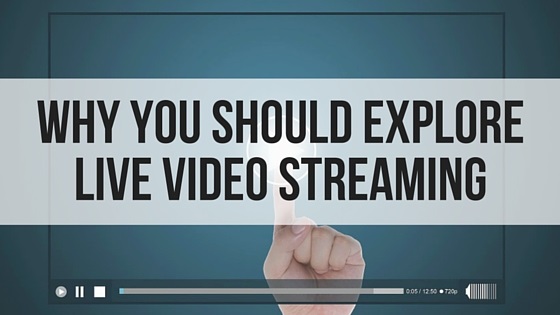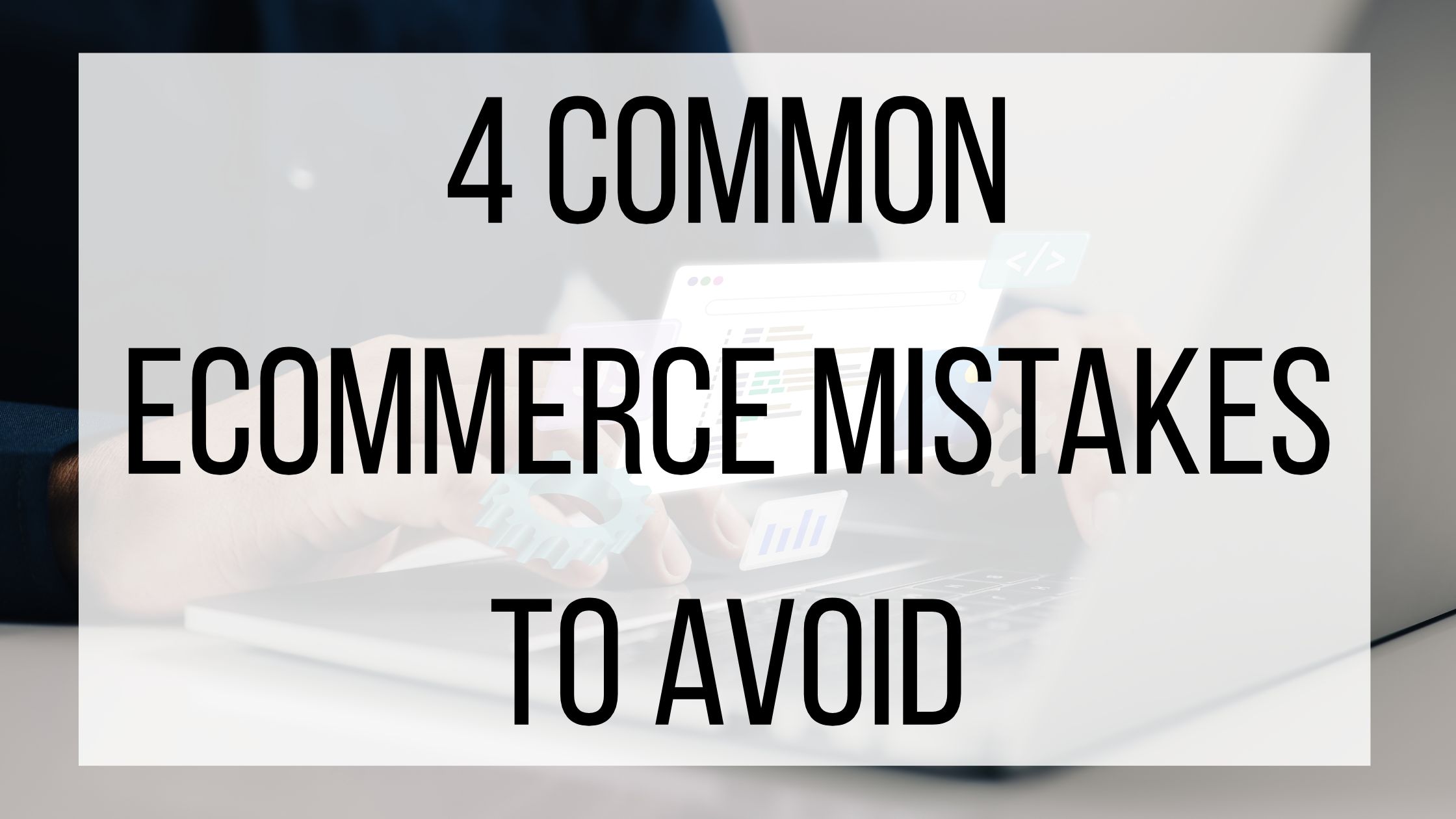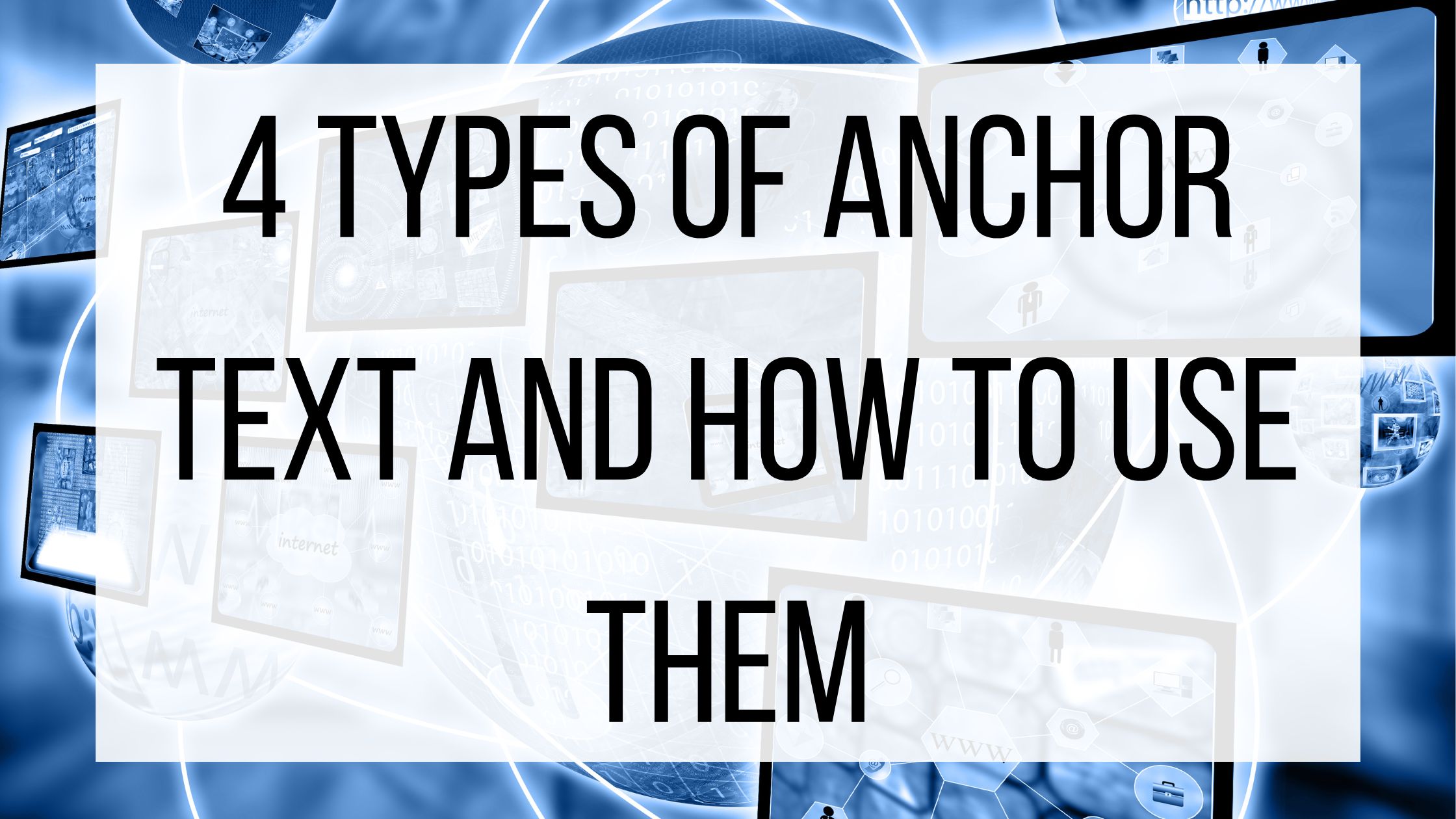Why You Should Explore Live Video Streaming
You have probably heard of live video streaming before, it’s not really a new concept. However, what is new is the technology available to make live video streaming more accessible to everyone. Businesses no longer need to invest in expensive hardware and software that only big brands can afford to take on and explore video marketing. Better yet, smaller businesses and consumers have been getting more involved with video marketing since early last year, and live video streaming is expected to explode this year.
Background on Live-Streaming
Video streaming is real-time content that is sent online in a compressed format to the end viewer. It involves a source media, encoding and publishing solutions, as well as, a content delivery network to distribute the content to viewers. The earliest of live video streaming occurred in the mid-1990’s, and one of the most notable events was a 1992 Major League Baseball game that was streamed for the playoffs.
Today, live video streaming is cheap, highly engaging and easy to pull off. It has become key to marketing and communications to help reach online audiences and much more. And, as we mentioned before, businesses do not need to put up a significant investment to try live video streaming with the growing availability of inexpensive and free applications.
The following are the current top three video streaming applications:
Periscope: We have written about Periscope in one of our previous blogs, click here to check it out and learn more about the app. Recently, Twitter also announced an update to its iOS app that allows users to feature live Periscope broadcasts directly in the Twitter timeline.
Blab: Blab promotes more interaction between users and multiple broadcasters. However, at the moment, the app is only available for iOS users and desktop browsers. With Blab, users can create their own talk shows and place two to four people “on air” at one time. Hosts also have the option to record the whole session or just a portion and repost it so viewers missed the live stream can watch later.
Facebook Live: Facebook Live is available to brands and verified Page owners. After broadcasting, Page owners can save the videos to their Page Timeline and embed them onto websites. Page owners also have the option to select the audience they would like to see the video before going live.
Today, becoming a live-streaming content producer is easy as owning a mobile device or laptop with a decent microphone and strong internet connection. And, if you do it well, you could potentially reach a very large audience with your live broadcasts. For example, last Friday Buzzfeed started a Facebook Live video broadcast that featured two employees testing out how many rubberbands it would take to explode a watermelon. At the end of the 44-minute broadcast, the watermelon video had attracted more than 800,000 viewers and made “watermelon” a trending topic on Facebook and even Twitter. What’s more, over 10 million people have watched the exploding watermelon video since the initial broadcast five days ago.
It is important to do some research and look into the variety of applications available to see which one connects with your audience the best. If you have a large Facebook following, Facebook Live may be where you want to start. Whereas if more of your audience is on Twitter, Periscope may be a better option for your business. Take some time to explore this growing trend and take advantage of everything that live video has to offer.




1 Comment
Utilizing Twitch For Your Marketing | · January 20, 2017 at 12:00 pm
[…] streaming (for video games, hobbies, and more) grows, so does the popularity of live streaming. As we mentioned before, businesses do not need to put up a significant investment to try live video streaming with the […]